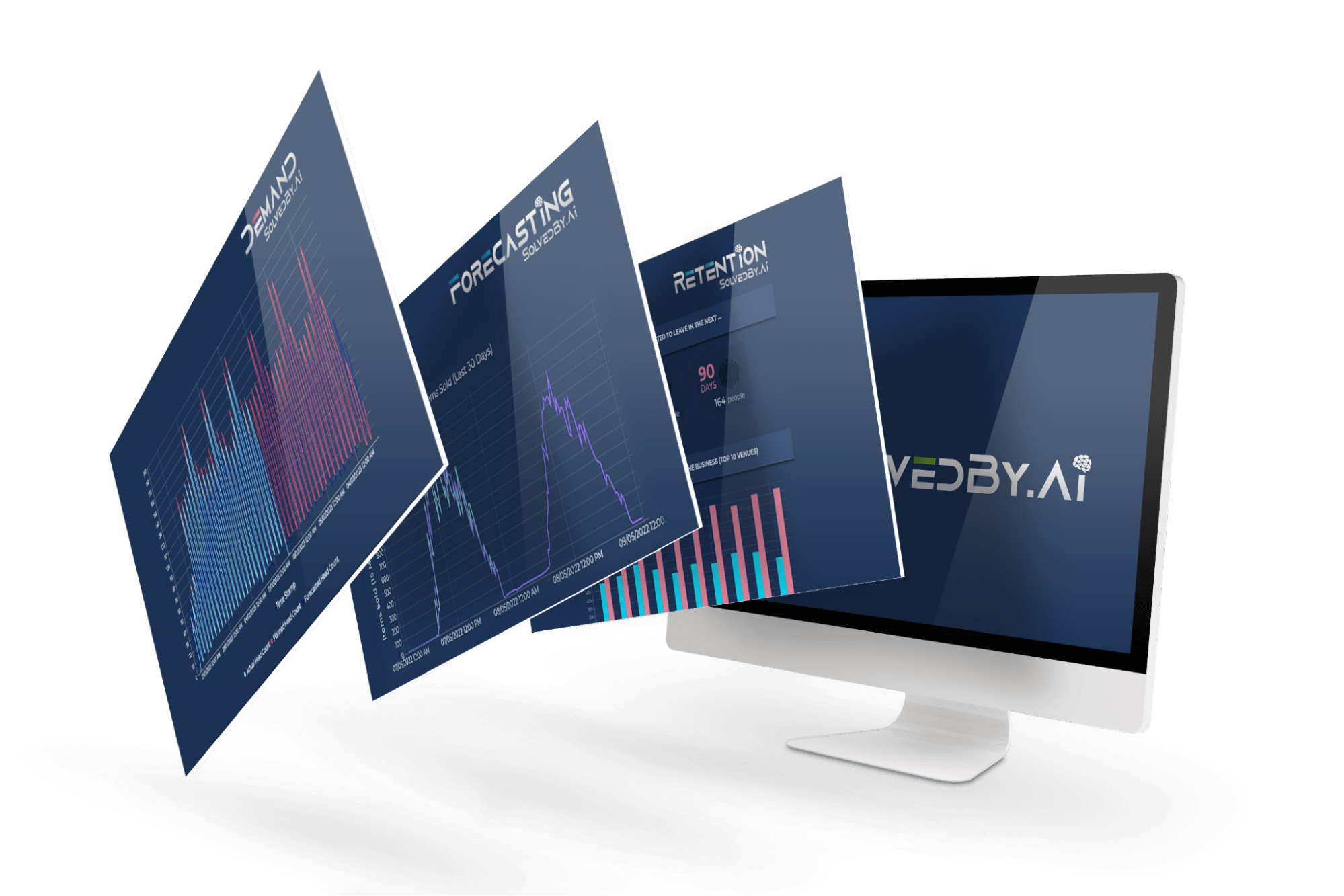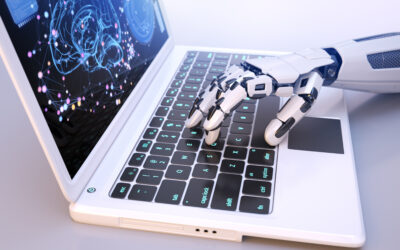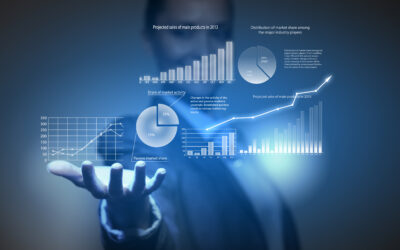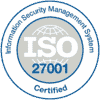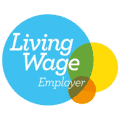Accurate forecasting is paramount for business owners or managers in sectors like Retail, Leisure, Hospitality, Food Production and Manufacturing. It allows for more informed decision-making, helping to allocate resources efficiently, manage inventory, optimize staffing, and predict future revenue.
Managers without any training in statistics or data analysis are expected to create or interpret forecasts, and we often find that there is limited knowledge of the methods used to produce forecasts and the benefits of each one.
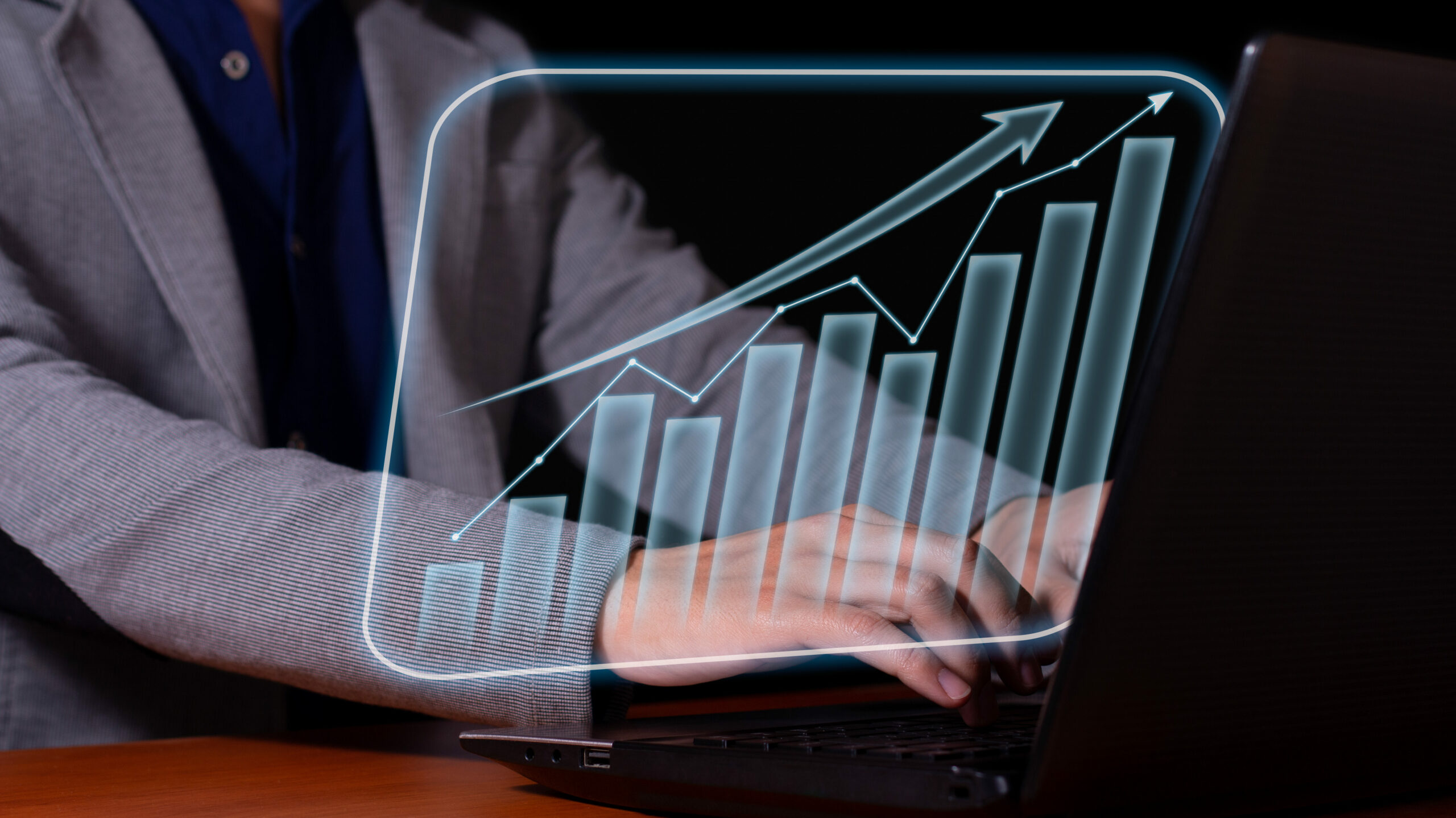
In this article, we look into the world of forecasting and help those new to the subject understand what is involved.
What are the different ways in which forecasts are produced?
Time Series Forecasting
It is one of the most common methods used. Time series forecasting looks at past data trends to make future predictions. This method assumes that the future is a direct reflection of the past. Examples include:
- Moving Averages: Calculates the average of data points over a specific period. Useful for short-term forecasting, especially when data is stable without noticeable trends or seasonal patterns.
- Exponential Smoothing: Weighs the historical data points differently, giving more importance to recent data. It’s useful when there are patterns or trends in the data.
- Decomposition: This method breaks the time series into different components like trend, seasonality, and random noise, forecasting them individually.
Causal/Econometric Models
These models are beneficial when you can identify specific factors causing the change in your forecasted variable. In Food Production, weather conditions, crop yields, and market demand are significant factors. Examples include:
- Linear Regression: Examines the relationship between a dependent variable and one (or more) independent variables. For example, predicting sales based on advertising spend.
- Multiple Regression: When there’s more than one predictor or independent variable, this model can be instrumental in predicting customer demand for a hospitality venue, which might look at the weather, sporting fixtures and seasonality to create a forecast.
Qualitative Forecasting
Qualitative forecasting comes into play when historical data isn’t available, especially for new products or services. It’s based on subjective judgment and often used in scenarios of uncertainty. There are several different methods, including:
- Expert Opinion: Gathering insights from experts in the field. In Leisure Hospitality, travel bloggers’ and influencers’ opinions might provide valuable insights.
- Market Research: Directly gathering feedback from potential or current customers to gauge future demand.
- Delphi Method: A structured communication technique often used to gather expert opinions. Experts answer questionnaires in multiple rounds, and after each round, a facilitator provides an anonymous summary of the expert forecasts and their reasons. The goal is to converge towards a single forecast.
Simulation Models
Simulation models might be the way to go for businesses that deal with a high level of uncertainty and complex environments. They recreate a real-life situation on a computer to study its behaviour and outcomes. The most famous is the Monte Carlo simulation, but others exist:
- Monte Carlo Simulation: A mathematical technique that allows for accounting for multiple risk factors and uncertainty. It’s commonly used in finance and project management to predict the likelihood of specific outcomes.
Judgmental Adjustments
Sometimes, even the best models may need a human touch, especially if an unusual event is expected (e.g., a mega sale event in retail or a major sporting event affecting leisure hospitality).
- Management Intuition: Managers might adjust the forecasts based on their intuition, experience, and knowledge of forthcoming events.
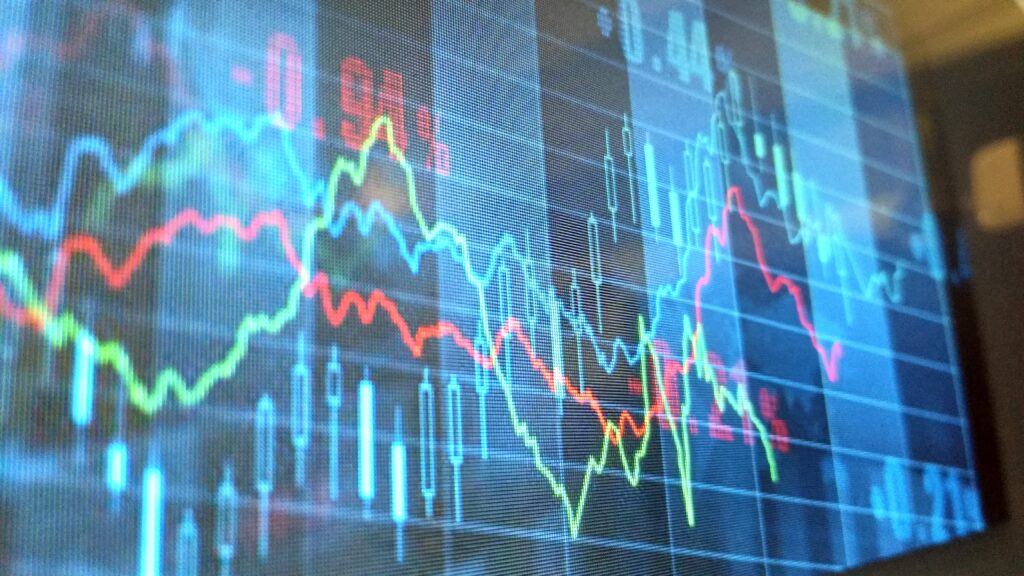
Artificial Intelligence and Machine Learning
With the rise of Big Data and AI, businesses are increasingly turning to machine learning algorithms to enhance their forecasting.
- Neural Networks: These are algorithms designed to recognize patterns. They interpret the data structure by training on the dataset and then make predictions.
- ARIMA (AutoRegressive Integrated Moving Average): Specifically designed for time series data. It captures various structures of the data, like trends and seasonality.
- Prophet: Developed by Facebook, it’s tailored for forecasting time series data with multiple seasonality with holiday effects.
- Time series forecasting: as mentioned above, but using AI or machine learning to make the calculations.
- Causal models: Again, as mentioned above, but with multiple variables, the measures required can often only be used to create a forecast using machine learning or AI.
Which Model is Right for Your Business?
Choosing the right forecasting model largely depends on your specific business needs, the nature of your industry, and available data. Using a combination of models and constantly evaluating their accuracy is often beneficial. Remember, forecasting is about predicting the future and understanding the various factors that influence these predictions.
For businesses in Retail, Leisure Hospitality, Food Production, and Manufacturing, the stakes are high. The correct forecast can mean the difference between hitting your targets or facing unexpected challenges.
As you delve into the realm of forecasting, prioritize accuracy, consistency, and adaptability. And, as always, stay informed and keep evolving your methods to align with the ever-changing business landscape.
Related Articles

